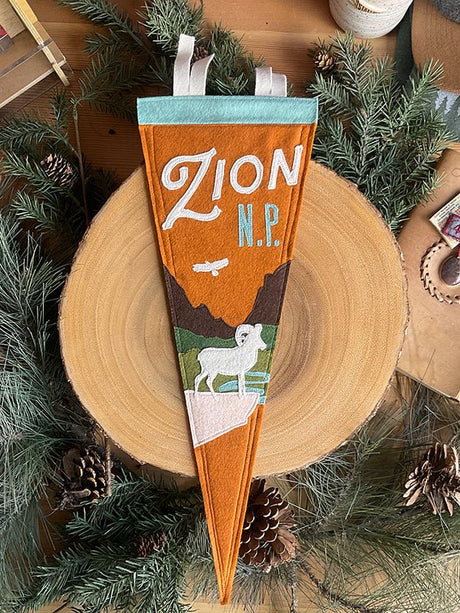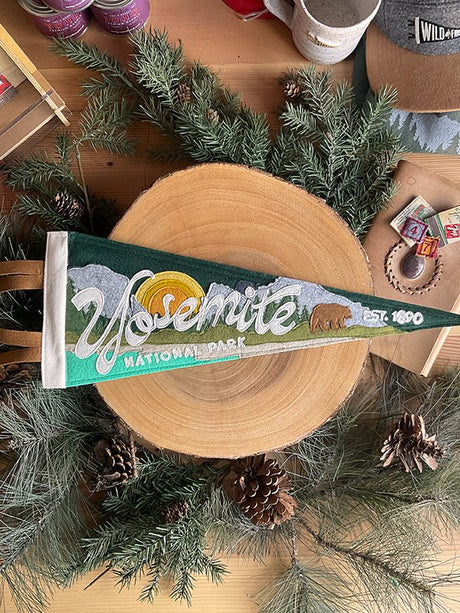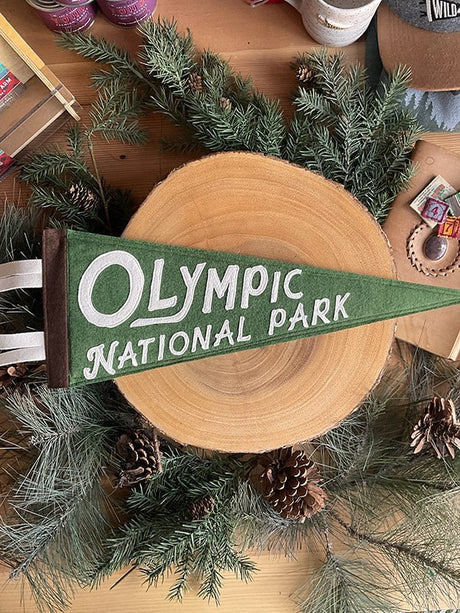Desert national parks are among the most stunning and awe-inspiring places in the United States, and visiting them in September is a unique experience. As summer's intense heat begins to subside, the desert comes alive with cooler mornings, spectacular sunsets, and the possibility of witnessing wildlife before the quiet season of winter sets in. Here are some tips to help you make the most of your September trip to these arid landscapes.
1. Plan for Temperature Swings

One of the desert's biggest challenges is the dramatic shift in temperatures throughout the day. While September marks the start of cooler temperatures, especially at night, daytime highs can still reach the 90s or even low 100s, particularly in places like Death Valley or Joshua Tree. Pack lightweight, breathable clothing for the day, but bring layers for the evening. Nighttime temperatures can dip into the 50s or lower in some areas, especially at higher elevations like those in Saguaro National Park or Big Bend National Park.
Tip: A moisture-wicking base layer and a warm fleece jacket can help keep you comfortable during chilly evenings under the stars.
2. Start Your Adventures Early

The best way to beat the heat and enjoy your time in the desert is to start your activities as early in the day as possible. The hours just after sunrise offer cooler temperatures, softer light for photography, and a chance to see wildlife like bighorn sheep, coyotes, and various birds before they retreat from the heat. By starting your hikes or scenic drives early, you'll also avoid the midday crowds that can gather at popular spots.
Tip: Aim to hit the trails around 6 or 7 a.m. to enjoy the best conditions and still leave time for a relaxed afternoon.
3. Stay Hydrated
Even in September, dehydration is one of the biggest risks while exploring the desert. The dry air and sun can deplete your body’s water reserves quickly. Carry at least one gallon of water per person, per day for any outdoor activities, and consider an electrolyte mix to replenish salts lost through sweat. Don’t rely on finding water in the desert; most trails do not have reliable water sources, and even if they do, they're often seasonal or require purification.
Tip: A hydration bladder with a tube for easy sipping while hiking can help you drink more regularly without having to stop.
4. Be Prepared for Monsoon Season
In some desert regions, September marks the tail end of monsoon season. National parks like Saguaro, Petrified Forest, and Grand Canyon are prone to sudden afternoon thunderstorms. These can be a stunning sight, with dramatic clouds and lightning shows, but they can also pose dangers. Flash floods can turn dry riverbeds into fast-moving streams in minutes, so always be aware of the weather forecast and avoid hiking through washes or low-lying areas if storms are predicted.
Tip: If you see a storm approaching, seek higher ground and avoid crossing areas prone to flash flooding. Also, a lightweight rain jacket is worth packing.
5. Respect the Wildlife and Ecosystem

Desert ecosystems are fragile and often deceptive in their apparent barrenness. Many animals, plants, and insects have evolved to survive extreme conditions, and disturbing them can have long-lasting consequences. Stay on designated trails to avoid trampling fragile soil crusts (also called cryptobiotic soil) that take years to regenerate. Keep a safe distance from wildlife like snakes, lizards, or tarantulas, and never feed animals, as it disrupts their natural behaviors.
Tip: September is a great time for birdwatching and spotting reptiles—use binoculars for closer views without disturbing the animals.
6. Don't Forget Sun Protection
The desert sun is strong year-round, and sunburns or heat exhaustion can easily sneak up on you, even in the cooler September air. Always wear a wide-brimmed hat, sunglasses with UV protection, and sunscreen with a high SPF rating. Reapply sunscreen every two hours, especially if you're sweating or spending a long time in direct sunlight.
Tip: Consider sun-protective clothing with UPF ratings for extra protection, especially on longer hikes.
7. Capture Stunning Desert Sunsets and Night Skies

September's cooler evenings mean you can comfortably linger outside to witness two of the desert’s greatest spectacles: sunsets and stargazing. Many desert parks, such as Arches, Canyonlands, and Joshua Tree, offer unparalleled dark skies for viewing constellations, the Milky Way, and even meteor showers. Check park calendars for ranger-led night sky programs or stargazing tips, and bring a telescope or binoculars for a closer look at celestial wonders.
Tip: For the best stargazing, plan around the new moon and head to less-trafficked areas for minimal light pollution.
8. Prepare for Remote Travel
Many desert parks are large, remote, and sparsely populated, which is part of their allure. However, this also means cell service can be spotty or nonexistent. Always carry a detailed paper map (available at visitor centers) and ensure your vehicle is in good condition, with a full gas tank, before heading out. Consider carrying a spare tire, extra fuel, and basic repair tools if you're planning to drive on more rugged or less-traveled roads, like those found in Canyonlands or Big Bend.
Tip: Download maps and trail guides before arriving, and let someone know your itinerary and expected return time if you're heading into more isolated areas.
9. Check for Special Events and Ranger Programs
September often brings unique programs and events as parks transition from the busy summer months to a more relaxed fall season. Look for ranger-led hikes, wildlife talks, and cultural demonstrations. Some parks, like Mesa Verde or Joshua Tree, offer specific September programs tied to the seasonal changes in flora and fauna or Indigenous history.
Tip: Check the park’s website or visitor center for updated schedules and consider signing up early, as spots for ranger programs can fill quickly.
10. Practice Leave No Trace
Lastly, but most importantly, practice Leave No Trace principles to preserve the beauty and integrity of desert environments. Pack out all trash, stay on trails, and avoid picking flowers or disturbing wildlife. The desert is a delicate place, and your actions help ensure that future generations can enjoy its wonders as you do.
Conclusion
Visiting desert national parks in September offers a perfect balance of cooler temperatures, fewer crowds, and breathtaking beauty. With the right preparation and respect for the environment, your time in these incredible landscapes will be both safe and memorable. So pack wisely, start early, and savor the tranquility and unique charm that only the desert can provide.
Happy trails!










